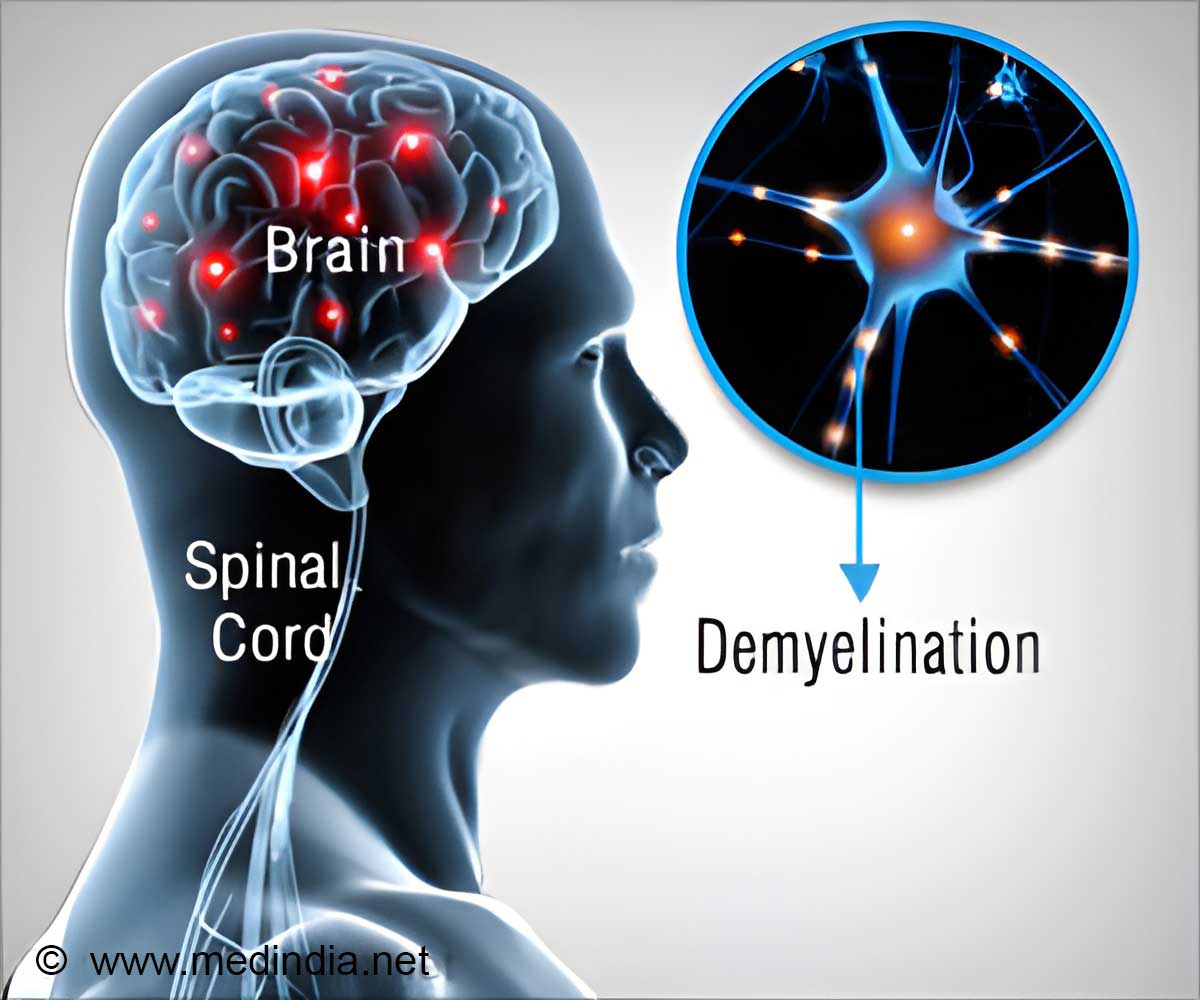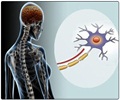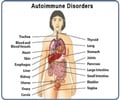31st Congress of the European Committee for Treatment and Research in Multiple Sclerosis is designed to tackle the main topics for future MS management.

ECTRIMS Congress Vice President, Prof. David Miller highlighted, “Studies from several parts of the world, in particular some Asian and Arab countries, Iran, Latin America as well as Australia and New Zealand, demonstrate an increase in the prevalence of MS around the world over time. It will be important that policy makers take these developments into account when planning health care resources and researchers will need to engage in a more in-depth analysis as to which factors might be contributing to this development.”
Prof. David Miller said, “The ECTRIMS Congress is traditionally an important forum for MS researchers to present latest trial data that will have an impact on future treatment decisions and strategies. This is all the more important as there is an increasing number of drugs available – with up to 12 agents in many European countries and several more to come soon. The 2015 Congress program is designed to tackle the main topics signaling the path for future MS management.”
Multiple Sclerosis is caused by an abnormal immune response and environmental factors such as infections, cigarette smoking, stress, exposure to hazardous chemicals and diet among others. MS is considered one of the most frequent neurological diseases and a major cause of disability in young adults. Currently there is no cure for MS and the Congress will allow professionals to exchange the latest findings related to the approach of individualized therapy.
“ECTRIMS works with researchers and clinicians of its member countries and with other organizations that share similar missions and objectives on a worldwide scale, creating networking and collaboration opportunities,” said Prof. Xavier Montalban, ECTRIMS President.
At the conference, a substantial number of presentations are focusing on biomarkers and predictors in which several developmental avenues are being considered. The first approach is based on the use of a genome sequencing approach (RNA, microRNA, and DNA), second is to investigate protein biomarkers from cerebrospinal fluid (CSF), third involves the use of tissue loss in brain and cervical spinal cord atrophy and finally, cognitive function is also considered as a predictor for the disease by analyzing brain tissue damage, functional connectivity, and patient self-reported assessment of physical health status.
Advertisement












